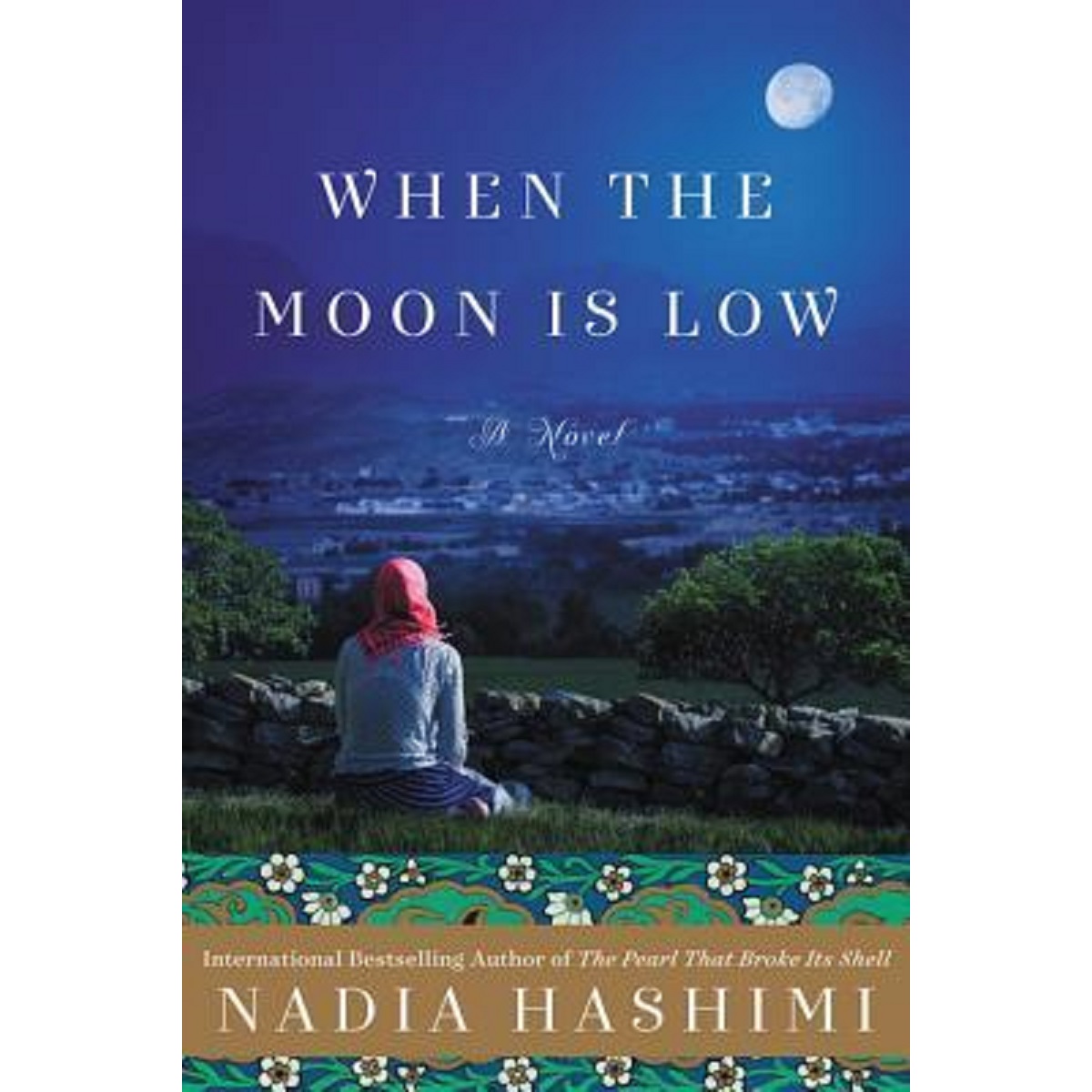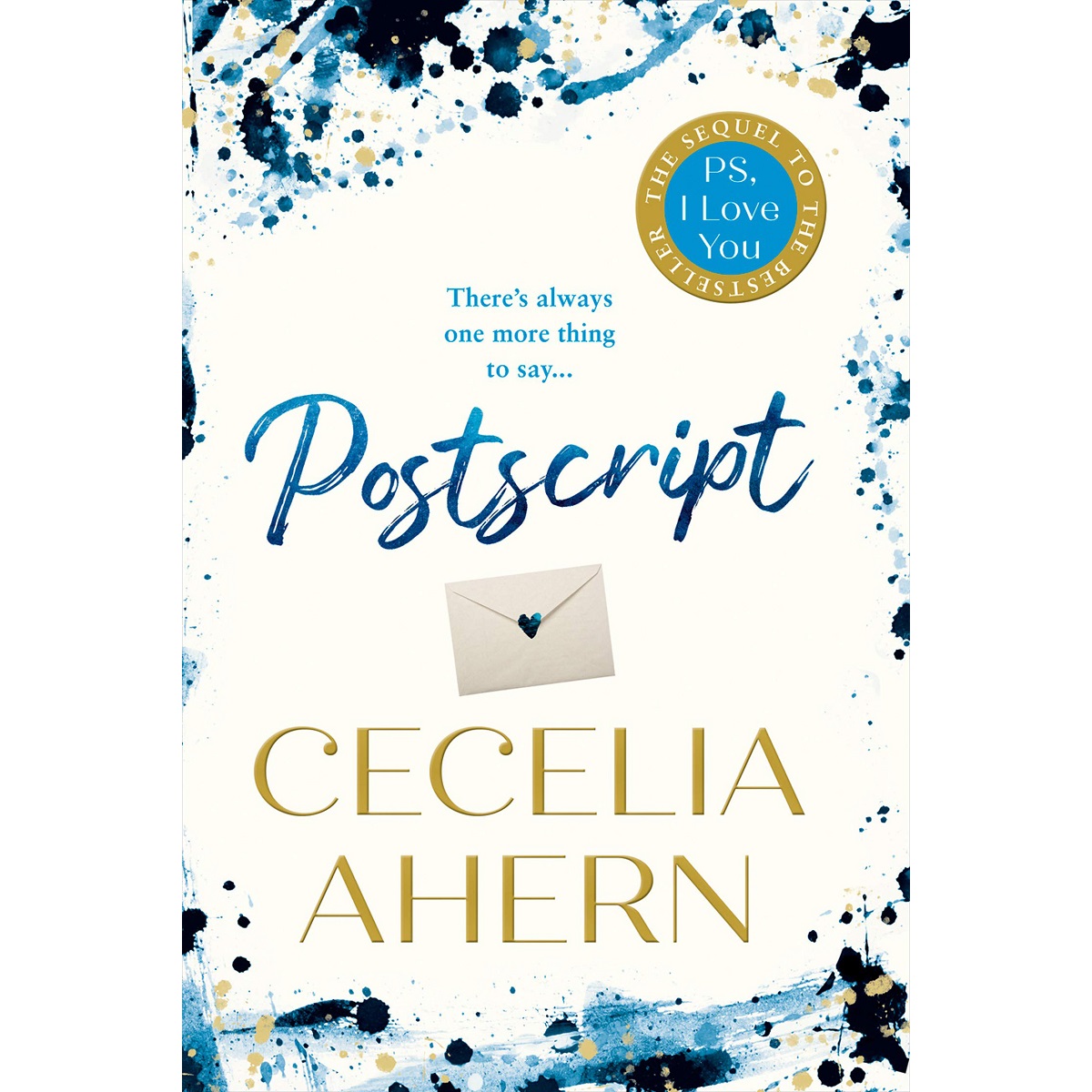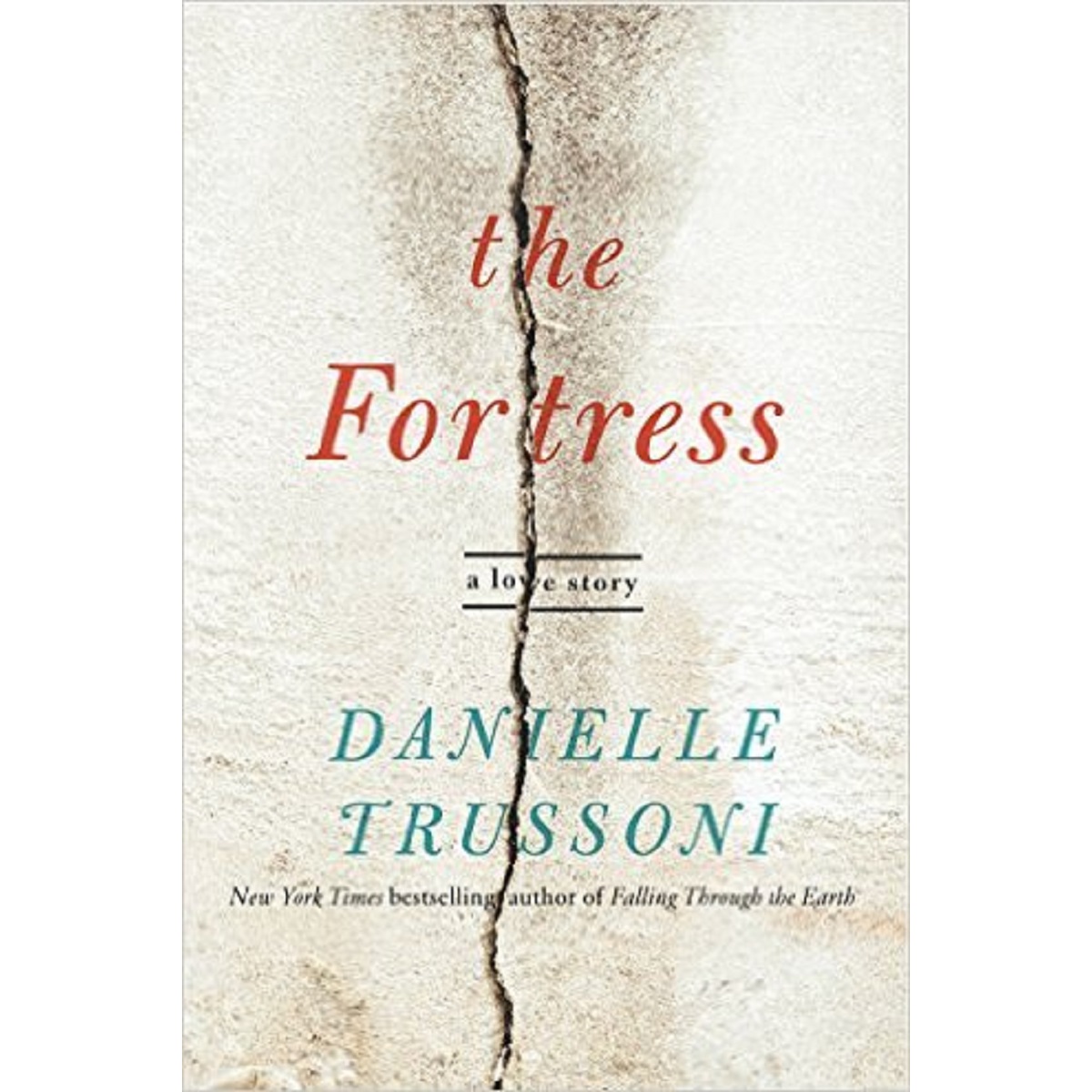-
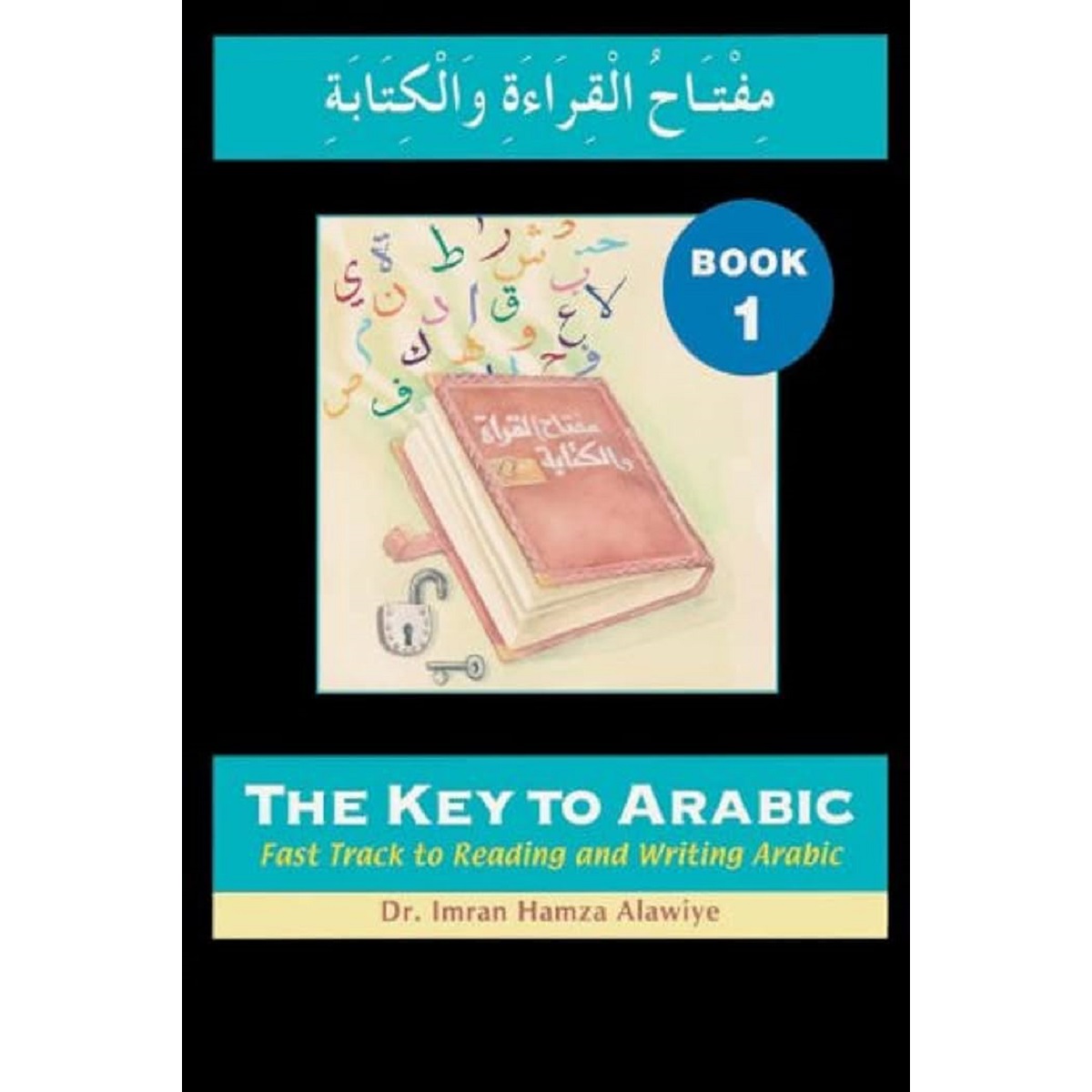
The Key to Arabic Book 1 by Dr. Imran Hamza Alawiye
₦6,000“The Key to Arabic Book Two builds on the reading and writing skills taught in the first book of the series by introducing students to simple sentence structures and key aspects of Arabic grammar, together with a basic vocabulary of well over three hundred words and expressions. Students are taught how to greet people and say goodbye, how to introduce themselves and describe where they live, as well as speaking about their nationality. They are also taught some aspects of everyday etiquette. Through this book, students gain an understanding of non-verbal and verbal sentences and are introduced to past and present tense verbs in their simplest singular forms. They also learn about attached and detached singular pronouns, uses of the three different cases (nominative, accusative and genitive), masculine and feminine nouns and adjectives, interrogatives (questioning words), adverbs, prepositions and many other points of grammar. Explanations are kept short and simple, and the use of colour coding throughout the book assists students in learning to recognise the various case endings and verb conjugations more readily. Extensive exercises throughout the book provide ample opportunity for the reinforcement and application of the topics covered. “
-

Arabic without Tears Book 1: A First Book for Younger Learners Paperback by Imran Hamza Alawiye
₦6,000Description from the publisher:
Arabic Without Tears is a colorful new series designed to teach Arabic in a lively interactive manner to younger learners. It is intended for use by parents or teachers working closely with their children or pupils.
This first book aims to teach the Arabic alphabet in its basic form through simple written exercises supported by the clear, arrowed diagrams over which the child can trace, thus encouraging him or her to develop confidence and independence in writing the isolate letters. Numerous exercises are included to reinforce letter recognition, alphabetical sequencing and writing practice.
In addition, the book aims to teach children the Arabic numbers from one to ten as well as a wide range of colors and other useful vocabulary. Various fun activities are included to enable the child to use the words he or she has learned in a meaningful context. Mini flashcards at the end of the book are provided to help test the child’s recognition of numbers and colors.
-
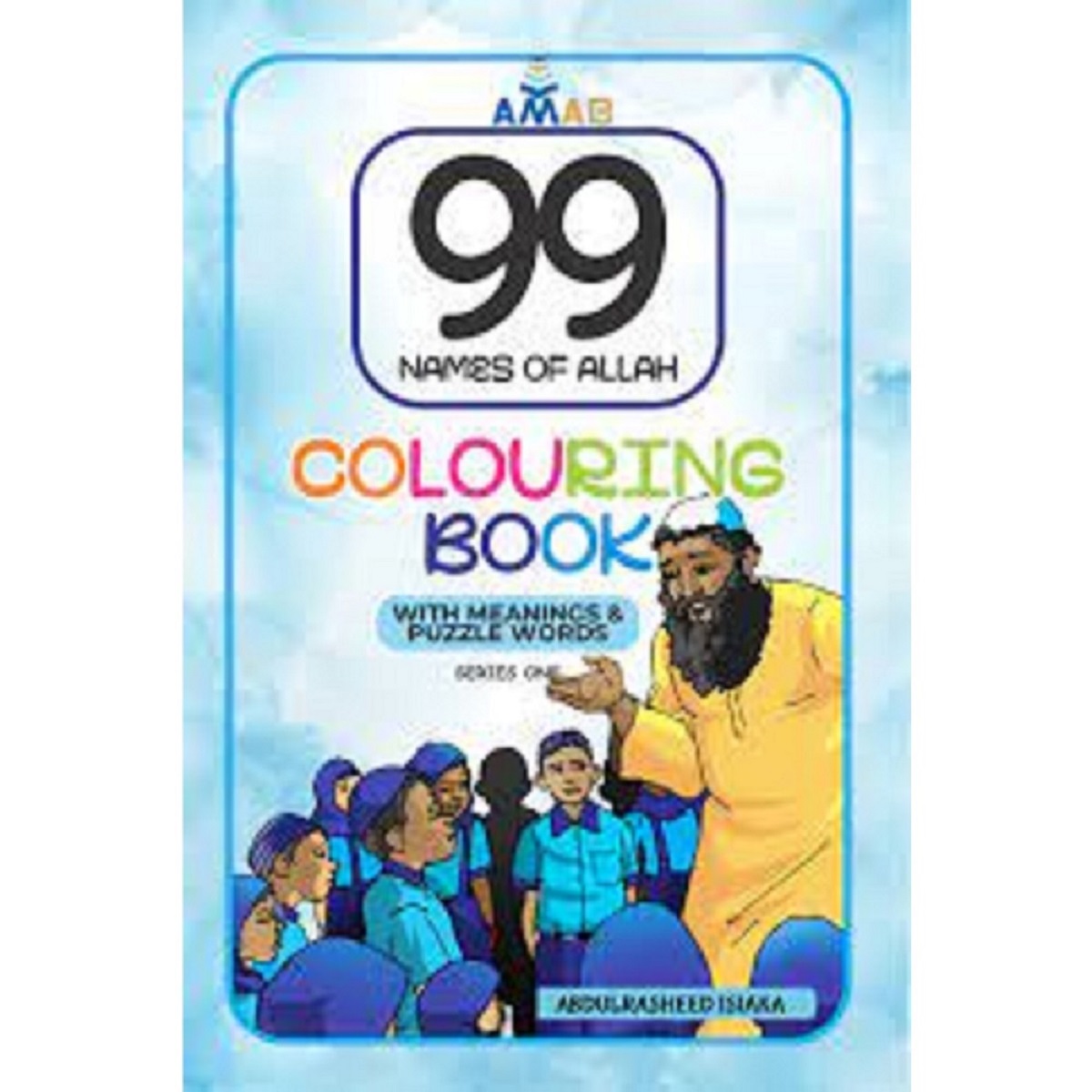
99 names of allah colouring book
₦3,500This colouring book features Arabic calligraphy of each of the Names of Allah with the meaning, the Arabic letters that make up the name and how it can be used in our daily lives to connect with Allah.
It contains the first 33 names of Allah for easy understanding and assimilation of the content.
The concluding parts of the book feature activities related to the names like crosswords, word puzzles, and word formation (Arabic letters) to facilitate understanding, memorization and remembrance.
FEATURES
* Each page is 8.5 by 11 inches
* The pages are high-resolution crisp with very clear illustrations
* The colouring pages are printed on one side only to avoid colour bleeding
* The beginning of the book will direct you on how to judiciously use the book to comprehend the concepts therein.
* Each page has a suggested colour combination to paint the calligraphy. However, you can be creative with your colour choices.Understanding these names plays a significant role in the total submission to the commandments of Allah.
-

rials and tribulations faisal malik
₦22,000Trials and Tribulations: An Islamic Perspective offers an insight into how to deal with life’s challenges with grace, positivity and strength. Rooted in the Qur’an and Sunnah, this book seeks to:
Place the life of this world into perspective
Encourage the growth that can be achieved in the midst of difficulties
Soothe the heart through practical advice and selected du‘as. -
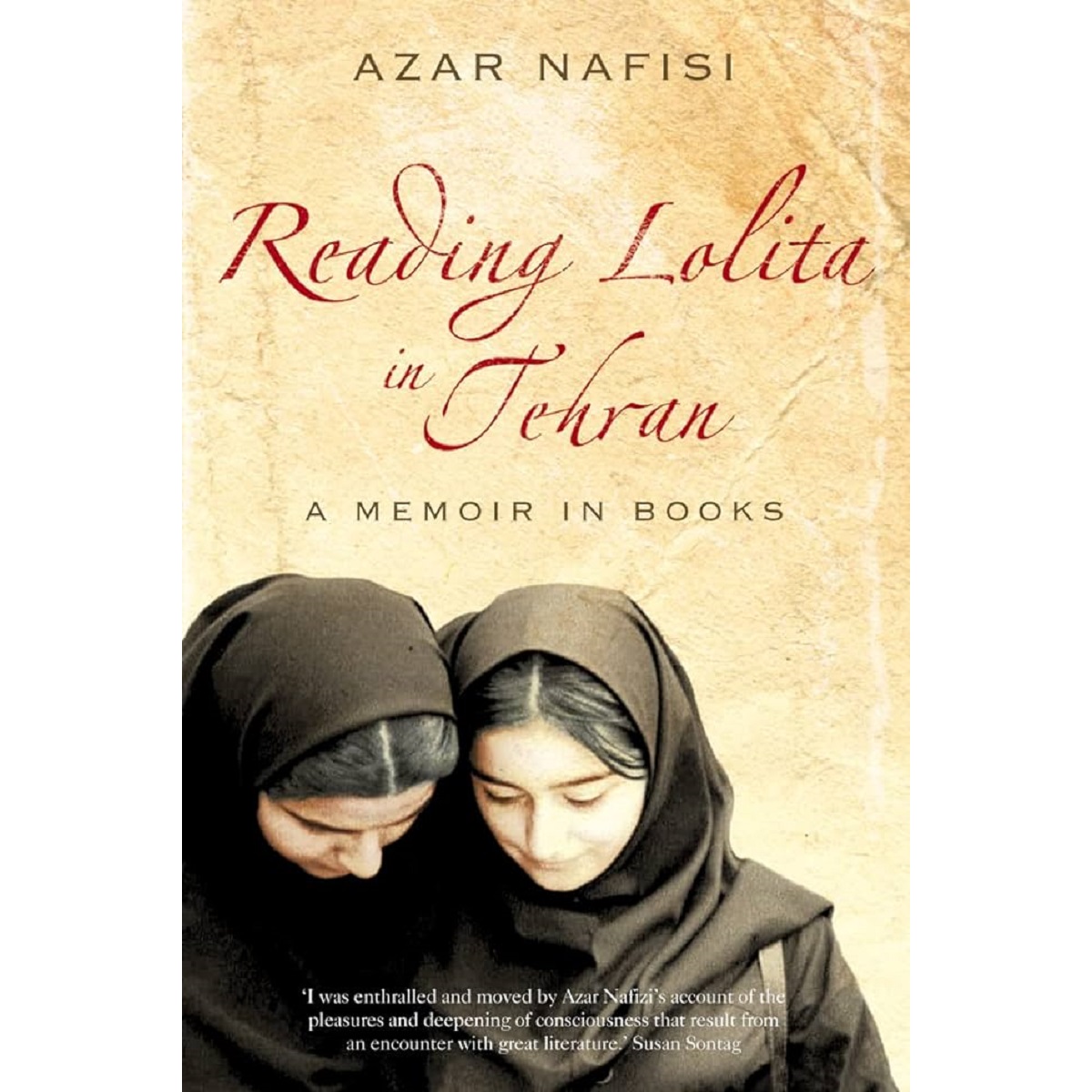
Reading Lolita in Tehran
₦28,000The inspirational tale of eight women who defied the confines of life in revolutionary Iran through the joy and power of literature.
‘That room for all of us, became a place of transgression. What a wonderland it was! Sitting around the large coffee table covered with bouquets of flowers…We were, to borrow from Nabokov, to experience how the ordinary pebble of ordinary life could be transformed into a jewel through the magic eye of fiction.’
For two years before she left Iran in 1997, Azar Nafisi gathered seven young women at her house every Thursday morning to read and discuss forbidden works of Western literature. They were all former students whom she had taught at university. Some came from conservative and religious families, others were progressive and secular; several had spent time in jail. Shy and uncomfortable at first, they soon began to open up and speak more freely, not only about the novels they were reading but also about themselves, their dreams and disappointments. Their stories intertwined with those they were reading – ‘Pride and Prejudice’, ‘Washington Square’, ‘Daisy Miller’ and ‘Lolita’ – their Lolita, as they imagined her in Tehran. Nafisi’s account flashes back to the early days of the revolution when she first started teaching at the University of Tehran amid the swirl of protests and demonstrations. In those frenetic days, the students took control of the university, expelled faculty members and purged the curriculum.
Azar Nafisi’s luminous tale offers a fascinating portrait of the Iran-Iraq war viewed from Tehran and gives us a rare glimpse, from the inside, of women’s lives in revolutionary Iran. It is a work of great passion and poetic beauty, written with a startlingly original voice.
-

School of the World the Universe the Quran and the Human
₦17,000This book explains that:
The Qur’an, the Word of Allah expressed in letters is the guidance in both this world and the Hereafter.
The Universe is another book of Allah where His Glory and Power is manifested.
The human is the essence, index and secret of these books.
The real education means to be able to read these wonderful books, to apprehend and digest them and to live in accordance with the contents of them in the School of the Universe.
The book provides features that will be the key for our contemplation. -
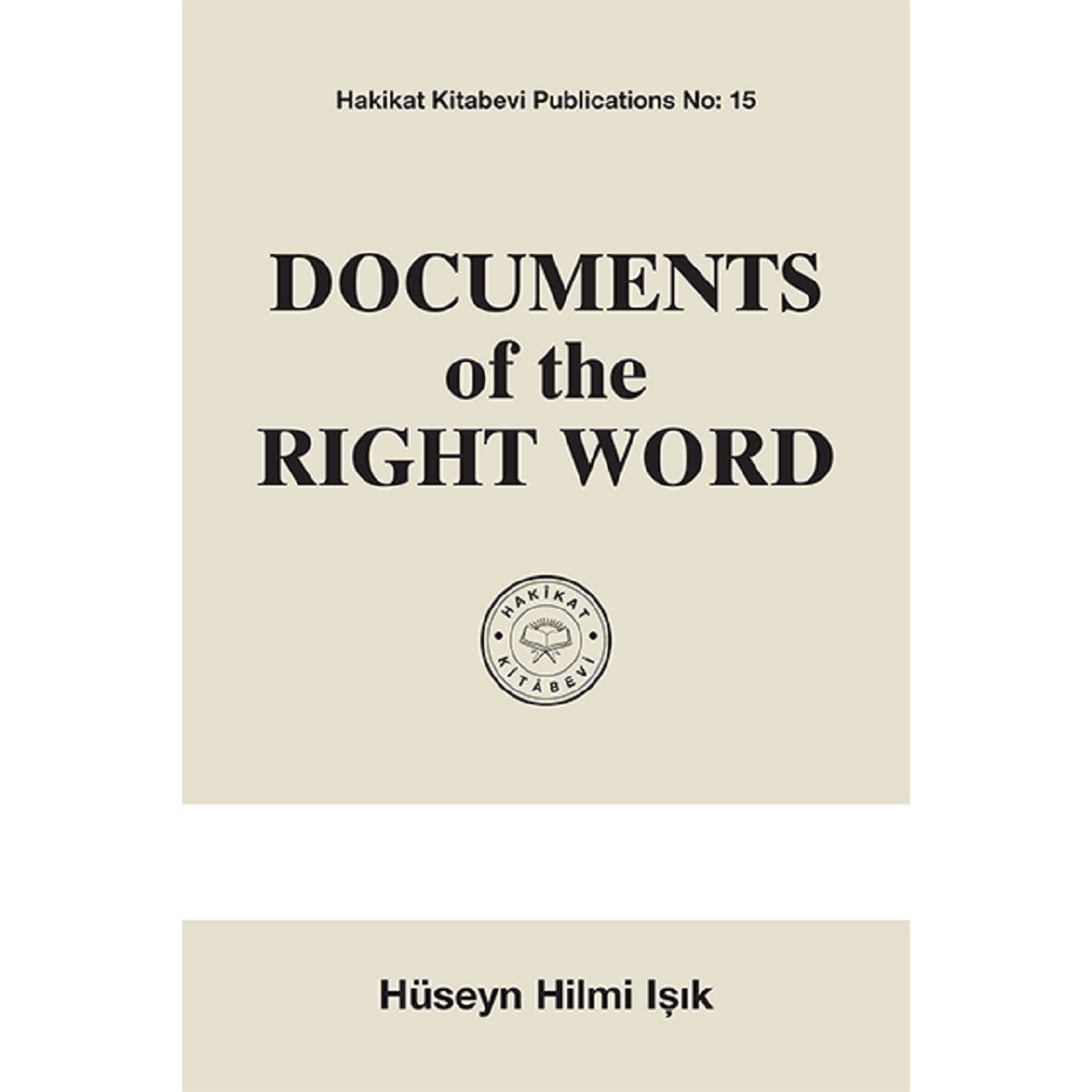
Documents Of The Right Word
₦27,000A collection of small books written by Sunni scholars for answering Shi’a claims.
This book explains how the Hurûfîs, who infiltrated the Shi’î communities, attacked the Sunnîs, how the Iranian King Nâdir Shâh organized a debate between the Sunnî and the Shi’î scholars, which ended in the bilateral recognition that the Shi’î (Shiah) way had been mixed with Hurûfî elements and that on the other hand the Sunnîs were in the right way, and how it was decided, and the decision was sanctioned by Nâdir Shâh that Iran would be Sunnî as before.
Upon reading this book of ours, our Iranian brothers will agree with the decision taken by the Shiite scholars, become Sunnî Muslims, and attain happiness. Gratitude be to Allâhu ta’âlâ, next to none of the recent Iranian learners has abandoned the Sunnî way. We observe with gratitude, for instance, that the Persian book Kimyâ-i-Sa’âdat, written by Imâm-i-Ghazâlî, a Sunnî scholar, was reprinted in a most splendid form in Tehran in 1964, and the younger generation in Iran are being informed about the statements made by hundreds of Sunnî scholars, thus being impressed by their superior merits.
The very day Shiites free themselves from the Hurûfîs deceit, realize the way shown by their own scholars, and cooperate with the Sunnîs in spreading Islam over the world, the Wahhabîs will join them, Muslims will be in unity, they will certainly resume their past grandeur and superiority, they will once again shed a light on humanity and guide others to civilization, and thus the whole world will attain happiness. Then all people will know that serving Islam means serving humanity.

